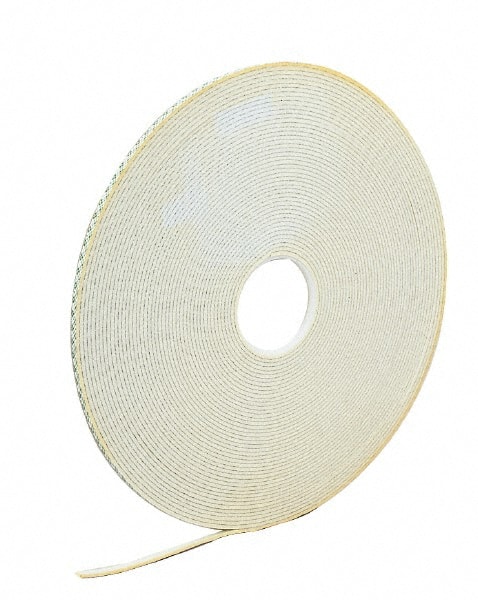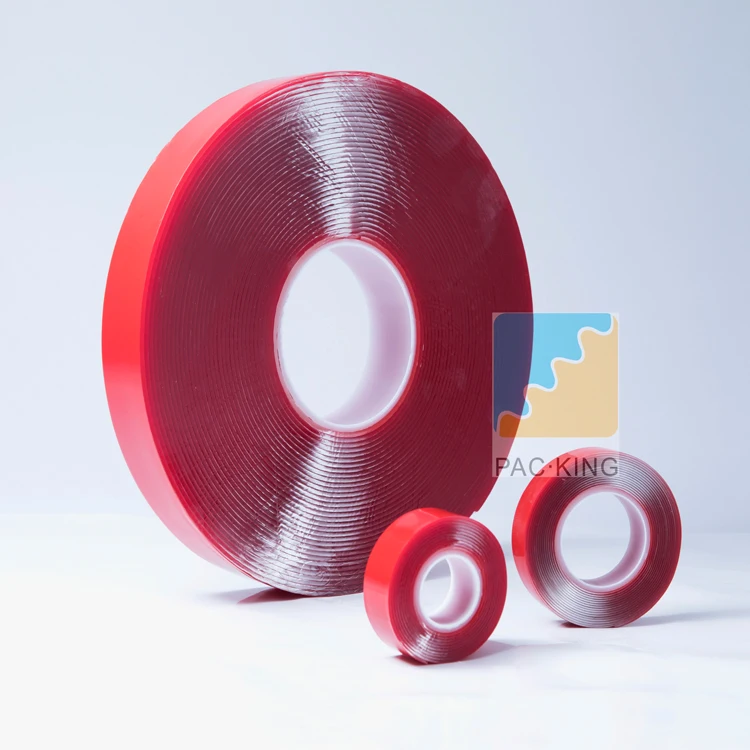
Liberally apply glitter (or flocking powder) to cover the adhesive design.ĩ. Remove the white liner and make sure that all the adhesive transfers cleanly.Ĩ. Be careful because the double-sided adhesive forms a very strong bond and should only be used for permanent applications.ħ. Carefully place the design into position with the white liner facing up and press into place. Make sure not to remove any adhesive from the white liner.Ħ. Remove the yellow liner from the back of the design. Make sure that all excess internal adhesive pieces are weeded out.ĥ.

Remove your project from the cutting mat. Adjust the blade as indicated (unless you use an AutoBlade) and click “Send.”Ĥ. In the Send panel, select “Double-sided Adhesive” as your media. Position a double-sided adhesive sheet onto your cutting mat with the white side up and feed it into the Silhouette.ģ. Open the designs in Silhouette Studio®.Ģ. Silhouette Double-sided Adhesive Sheetsġ.Silhouette CAMEO®, Silhouette Portrait®, or Silhouette Curio™.In the tutorial below, we’ll show you just how easy it is to cut your design and add glitter, embossing powder, or flocking powder to make the design stand out. Temperature Cycling Resistance: High bond strength is maintained after cycling four times through: 4 hours at 158☏ (70☌) 4 hours at -20☏ (-29☌) 4 hours at 73☏ (22☌)Ĭhemical Resistance: When properly applied, nameplate and decorative trim parts will hold securely after exposure to numerous chemicals including oil, mild acids and alkalis.If you love to add embellishments to your paper crafts, then one product that you need to know about is the double-sided adhesive sheets. After 100 hours at room temperature, the high bond strength is maintained. Water Resistance: Immersion in water has no appreciable effect on the bond strength. UV Resistance: When properly applied, nameplates and decorative trim parts are not adversely affected by exposure to direct sunlight. No significant reduction in bond strength is observed after exposure for seven days at 90☏ (32☌) and 90% relative humidity.

Humidity Resistance: High humidity has minimal effect on adhesive performance. However, once properly applied, low temperature holding is generally satisfactory. Initial tape application to surfaces at temperatures below 50☏ (10☌) is not recommended because the adhesive becomes too firm to adhere readily. Some typical surface cleaning solvents are isopropyl alcohol or heptane.* Ideal tape application temperature range is 70☏ to 100☏ (21☌ to 38☌). To obtain optimum adhesion, the bonding surfaces must be clean, dry and well unified. Firm application pressure and moderate heat, from 100☏ (38☌) to 130☏ (54☌), will assist the adhesive in developing intimate contact with the bonding surface. Substrates: Glass, HSE Plastics, LSE Plastics, Metalsīond strength is dependent upon the amount of adhesive-to-surface contact developed. Total Tape Thickness without Liner: 0.17 mm (6.7 mil)

Operating Temperature Range (Celsius): 93 - 149 Degrees C 3 Sheets 8.5" x 11" 3M 300LSE Clear Super Sticky Double Sided Adhesive sheets for Cell Phone Repair & Multipurpose Useīattery Bonding, Battery Door Attachment, Bezel Bonding, Camera Module Assembly, Case Assembly, Cover Lens Bonding, Display Bonding, Electrical Insulation Bonding, Electronic Component Bonding, Logo Bonding, Low Surface Energy Bonding, Memory Card Bonding, Module Bonding to PET Card, Rubber Feet Bonding, Speaker Module Assembly, Touch Panel Bonding, Touchpad Assembly, Touchpad Bracket Assembly


 0 kommentar(er)
0 kommentar(er)
